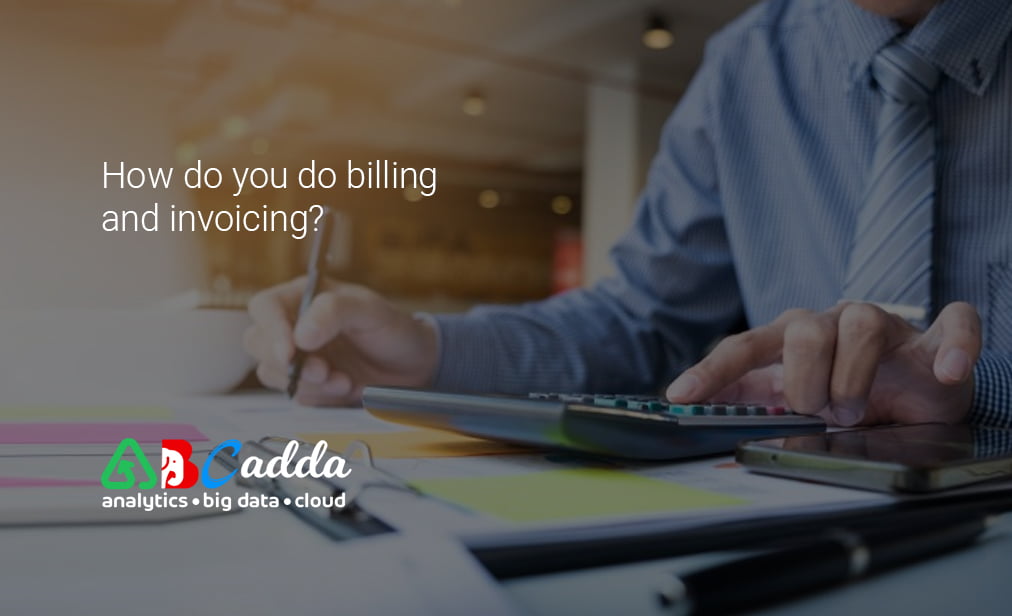You must have heard about billing and invoicing in your day to day life but might not be aware of the exact differences they possess. So, in this article, we will make you know more about their differences to get it clear about the documents you may need to refer. To learn about them, let’s start from their definitions to understand the concepts more clearly.
Definitions of billing and invoicing
Meaning of Invoice
An invoice shows the details of sold products and services along with the amount of money for each item and the total amount of money owed by a person. This invoice is generated by the owner or biller and is given to the customer or client. The customer further pays the biller, the total amount of money owed in the invoice at a particular time.
Many people confuse the bill with the receipt, but the receipt is the proof of services or products which the customer has already paid. So basically, the invoice is a request given before the payment to do so.
Meaning of billing
A bill is the itemized list of an invoice which the customer must pay for the purchased good or services. The customer receives the bill and pays the money owed by him for each item. In short, the invoice is given, and the bill is received by the customers to pay the total amount.
Difference between billing
If you have still not understood the difference between two with the help of the above definition, then we will clarify it more elaborately.
Suppose you are a vendor, and a man purchases goods from your grocery shop. The list of items given by you with details about the price of each commodity is an invoice. On the other hand, the same invoice, when received by a customer, for the goods owed by him when paid becomes a bill.
Invoice sent? Does the customer receive a bill? Payment is made? Receipt
Importance of billing and invoicing
The billing and invoicing are part of essential documents for the services sold or amount owed. Both the vendor and customer can use these for bookkeeping purposes.
This later acts as a receipt, which proves that the transaction has been completed, and the amount owed has been paid. Though there are many different types of invoices which depends on specific services and payment agreements rendered between client and vendor.
Important tips about the billing and invoicing
Make sure to collect your bill before paying for the services you owed. When collecting, do a cross-check that your bill includes essential details of the vendor, service provided, date and amount of transaction, the signature of customer and vendor, and mode of payment.
If, as a vendor offer more than one service in his business, they must go for customized templates, or download free receipt templates online to speed up the process and give it a professional look.
These also help in keeping your business finance in line and organized. The invoices must be assigned with invoice numbers for financial reporting, tax purposes, and accounting records.
Make sure you keep your invoices in numbered and sequential order and do not edit or delete those who are already sent to the customer. Your invoice must include business name, address, contact details, and information containing about VAT and GST.
